5 Exciting Emerging Markets Funds to Buy
Emerging markets funds haven't been immune to global inflationary pressures. But now might be the time to strike on these high-risk, high-reward products.
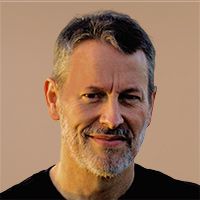
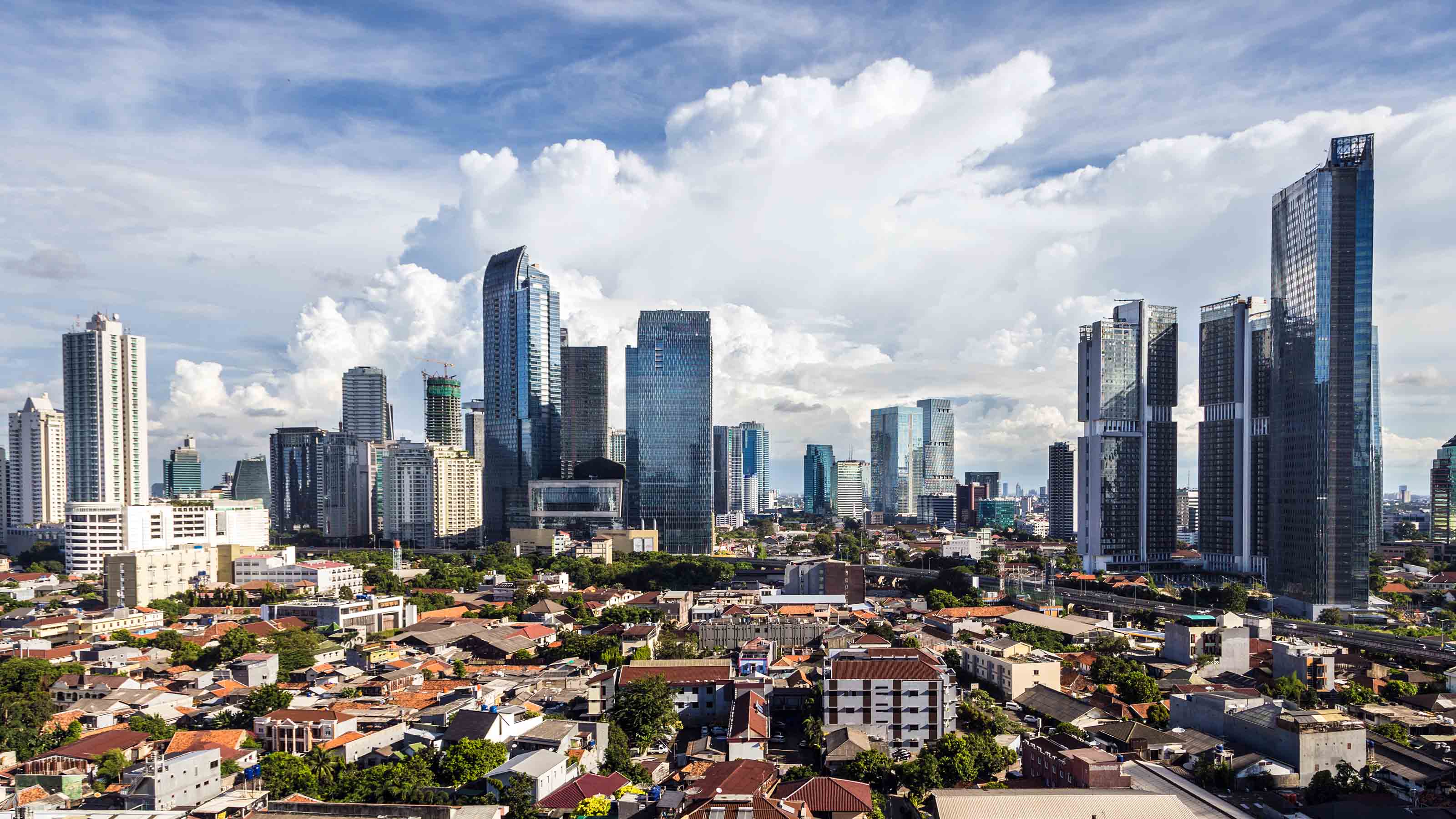
Inflation has been the dominant theme in investing across 2022 – and that goes well beyond domestic equities. Consumer prices have rapidly risen around the world, and even Wall Street's best emerging markets funds have felt the pinch.
"Many emerging market and developing economies (EMDEs) have recently been experiencing an unpleasant combination of elevated inflation and rising borrowing costs," says the Brookings Institute, which points out that March's 8.5% in emerging markets consumer prices was the highest level since 2008.
Regardless, emerging markets stocks can be a smart diversification tool, providing growth potential greater than that of the U.S. and other developed markets. Just keep in mind that expecting quick gains from EMs – especially amid historic highs for inflation and mounting economic uncertainty – could be a recipe for disappointment. Emerging markets also are known for their instability, with performance often coming in fits and starts.
That said, over time, investing in emerging markets funds can, over time, provide differentiated returns. Thus, now – while EMs are down – might be a good time for patient investors to build their positions.
Here, we look at some of the best emerging markets mutual funds you can buy. This list is a combination of index and actively managed mutual funds, so every investor should be able to find something that fits their preferences.
Data is as of July 4. Dividend yields represent the trailing 12-month yield, which is a standard measure for equity funds.
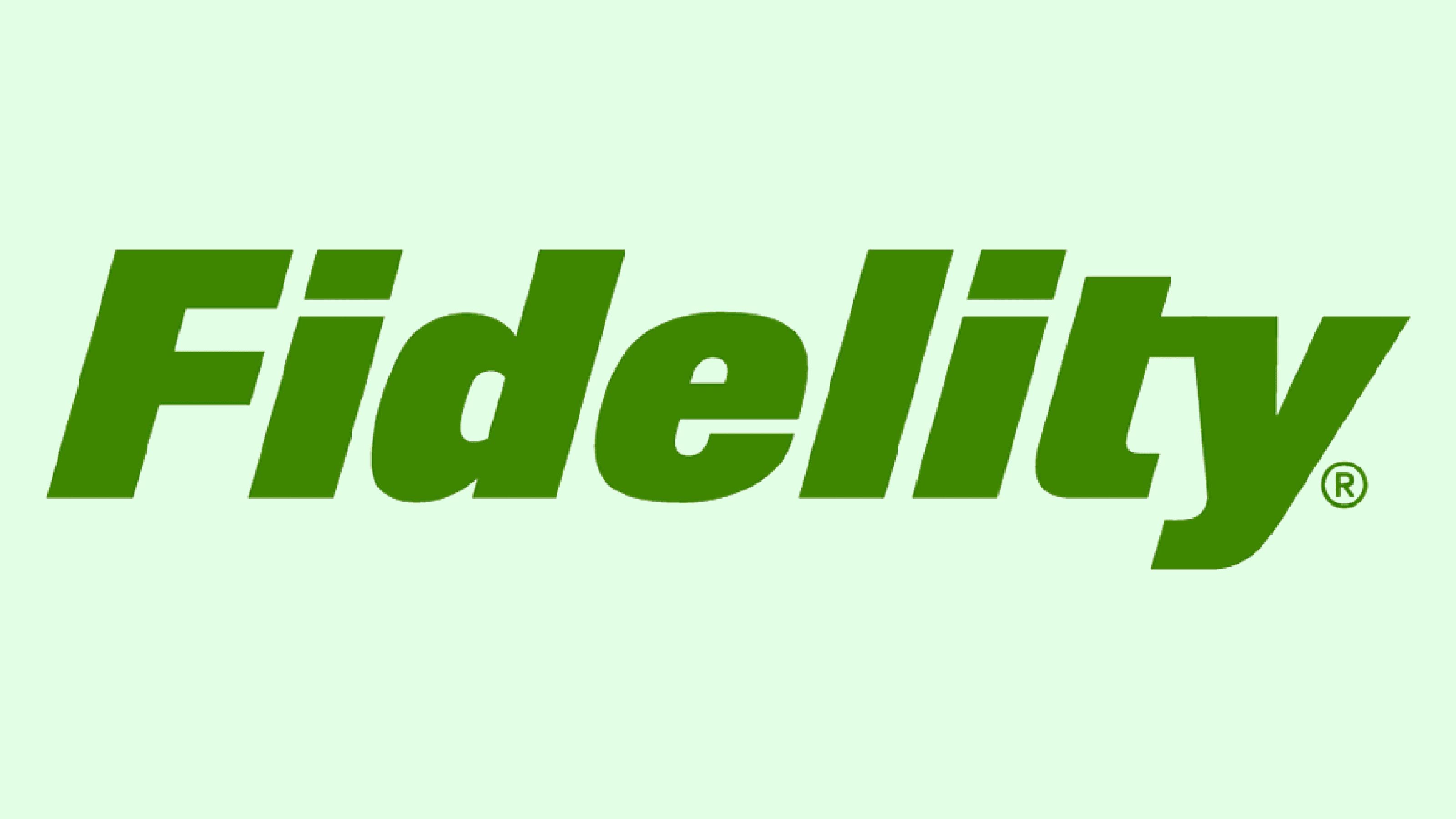
Fidelity Emerging Markets Fund
- Category: Diversified emerging markets
- Assets under management: $6.4 billion
- Yield: 1.3%
- Expenses: 0.88%
- Minimum investment: $0
If you're looking for a relatively inexpensive actively managed EM fund, you might want to start your search with Fidelity Emerging Markets Fund (FEMKX, $32.62).
A down market is often a "stock picker's market," which means that actively managed mutual funds might be the right idea for the current bear run. Factor in below-average expenses and above-average long-term returns, and FEMKX is certainly worth a closer look.
Fidelity Emerging Markets' exposure is predominately Asian in nature, including the top three countries by portfolio allocation: China (26%), India (18%), and Taiwan (14%). The top three sectors at present are information technology (27%), financials (17%) and communication services (12%). No surprise, then, that top holdings include the likes of Taiwan Semiconductor (TSM), Chinese internet giant Tencent Holdings (TCEHY) and Indian conglomerate Reliance Industries.
Heavy exposure to both China and the tech sector has really weighed on FEMKX so far in 2022, with the fund off a little more than 25% year-to-date. But long term, it has been one of the best emerging markets funds out there; Fidelity Emerging Markets' performance has beaten 96% of its peers over the past 10 years, and 97% over the past five. Manager John Dance has been running the fund since February 2019; he has beaten a Morningstar EM index by 23 percentage points since then.

Vanguard Emerging Markets Index Fund Admiral
- Category: Diversified emerging markets
- Assets under management: $70.7 billion
- Yield: 3.3%
- Expenses: 0.14%
- Minimum investment: $3,000
Investors wanting a low-cost, passively managed emerging markets fund can look to the Vanguard Emerging Markets Index Fund Admiral (VEMAX, $34.35).
While skilled stock pickers can outperform in volatile markets, the odds aren't with actively managed funds beating their benchmarks. So if you want EM exposure, as well as some assurance that you'll get returns that at least track the index, VEMAX is a great way to do that.
Vanguard's EM fund tracks the FTSE Emerging Markets All Cap China A Inclusion Index, providing investors with exposure to nearly 4,500 emerging-market stocks. That diversification is helpful, though VEMAX still has a few concentrations you'll see in other emerging-market products.
For one, China is a juggernaut in the portfolio at 32% of assets (versus a category average of 27%). Taiwan makes up another 19%, and Indian stocks represent another 16%. Meanwhile, financials (21%), technology (17%) and consumer discretionary stocks (12%) are outsized sector weights.
On a stock level, however, very few individual names have a large sway on performance. TSM, Tencent and Chinese e-commerce firm Alibaba Group (BABA) are the only stocks with more than 2% weights at present.
So if you really hate putting all your eggs in one basket, VEMAX is among the best emerging markets mutual funds you can buy.

Fidelity SAI Emerging Markets Low Volatility Index Fund
- Category: Diversified emerging markets
- Assets under management: $1.9 billion
- Yield: 2.6%
- Expenses: 0.23%
- Minimum investment: $0
Another choice for investors who want not just low costs, but low volatility, is Fidelity SAI Emerging Markets Low Volatility Index Fund (FGKPX, $10.21).
FGKPX seeks to track the performance of the Fidelity Emerging Markets Low Volatility Focus Index, which represents a broad range of large- and mid-sized EM stocks that generally have lower volatility relative to the broader emerging equity markets. In short: When emerging-market indexes wiggle (whether that's up or down), these stocks shouldn't wiggle as much.
This Fidelity mutual fund does this by investing in stocks with low five-year beta and low five-year standard deviations. The resulting portfolio holds companies that aren't as sensitive to broad-market movements and boast more stable returns.
Taiwan is actually the top country by weight at a little more than 21% currently, followed by China (a little less than 21%) and India (15%). It holds stocks in more than a dozen other countries, including Kuwait, Brazil and the Philippines.
And despite the low-volatility focus, sector weights look similar to other emerging market funds. Financials are tops at nearly a quarter of assets, followed by tech (15%) and communication services (14%).
Top holdings certainly stand out, however. FGKPX is led by Saudi Arabia's Alinma Bank, Taiwan's Mega Financial Holding and United Arab Emirates' Emirates Telecom.
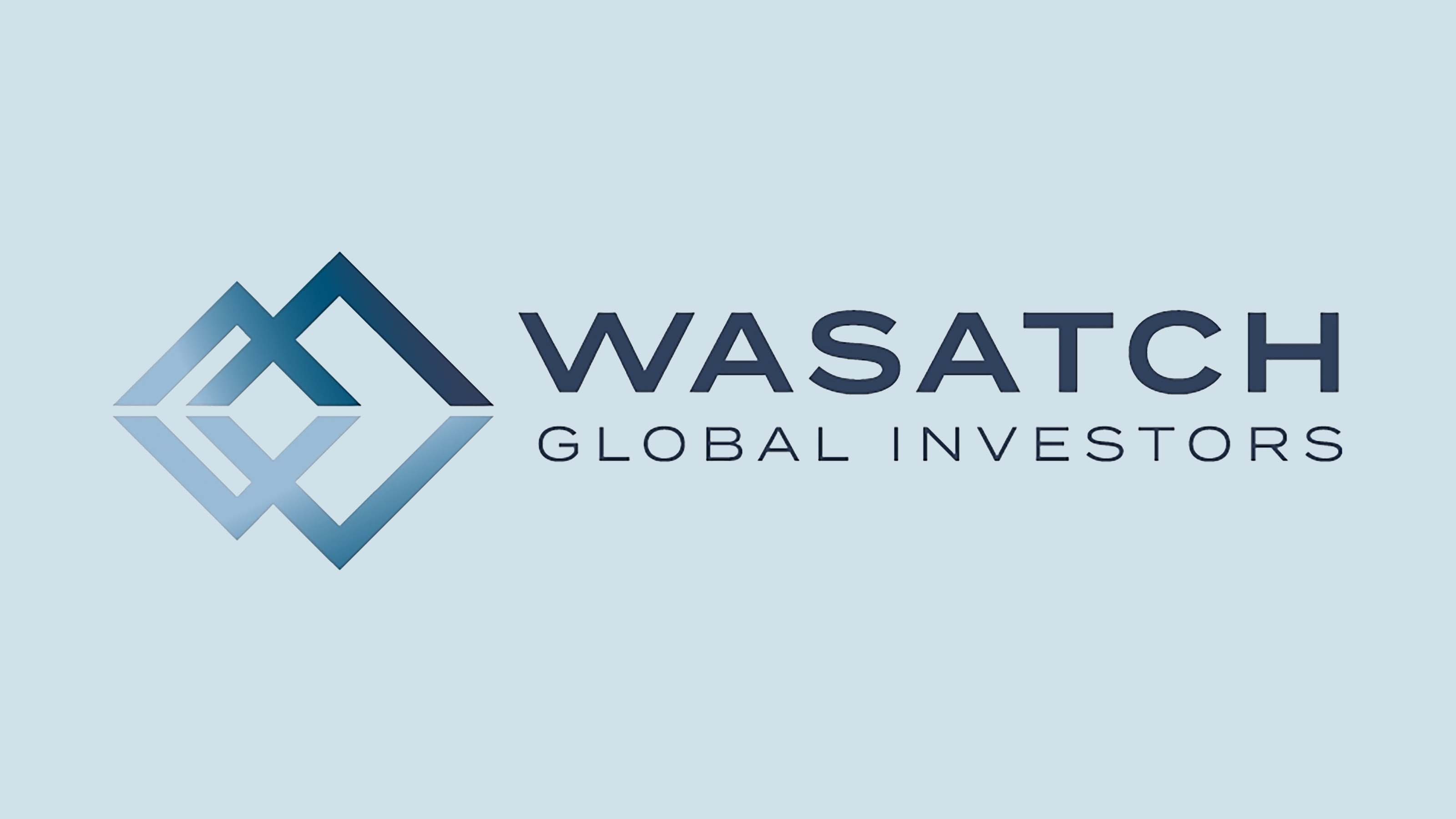
Wasatch Emerging Markets Select Fund Investor
- Category: Diversified emerging markets
- Assets under management: $353.2 million
- Yield: 0%
- Expenses: 1.37%
- Minimum investment: $2,000
A more aggressive way to approach EMs is the Wasatch Emerging Markets Select Fund Investor (WAESX, $14.05), which typically won't do much during a down market but will be among the best emerging market funds during an up market.
To wit, WAESX is getting pummeled for the year-to-date, off 37% and behind 99% of its peers – other diversified emerging markets funds. But it has flipped the script over the trailing three- and five-year periods, in which its roughly 7% average annual returns are in the 98th and 99th percentiles, respectively.
Lead Portfolio Manager Ajay Krishnan and a team of three other managers use a fundamental approach to identifying stocks with long-term growth potential. The team looks for "strong financials, a sustainable competitive advantage, industry-best management teams and earnings growth greater than the relevant sector or industry."
While they're willing to invest in companies of all size, WAESX's team prefers mid-caps. Currently, only 17% of the fund's tight 33-stock portfolio is currently invested in mid-caps, but the average market cap of roughly $15 billion means the team is leaning toward the smaller side in its large caps. (Large caps are any company over $10 billion.)
Note that this isn't a pure emerging markets fund – 79% of assets are invested in countries such as India (32%) and Taiwan (22%), but WAESX does invest in developed markets including the U.S. (11%) and Singapore (4%). Tech and financials – including India lender Bajaj and Latin American e-commerce firm Mercadolibre (MELI) – rule here, too, though, at a respective 31% and 29% of assets.
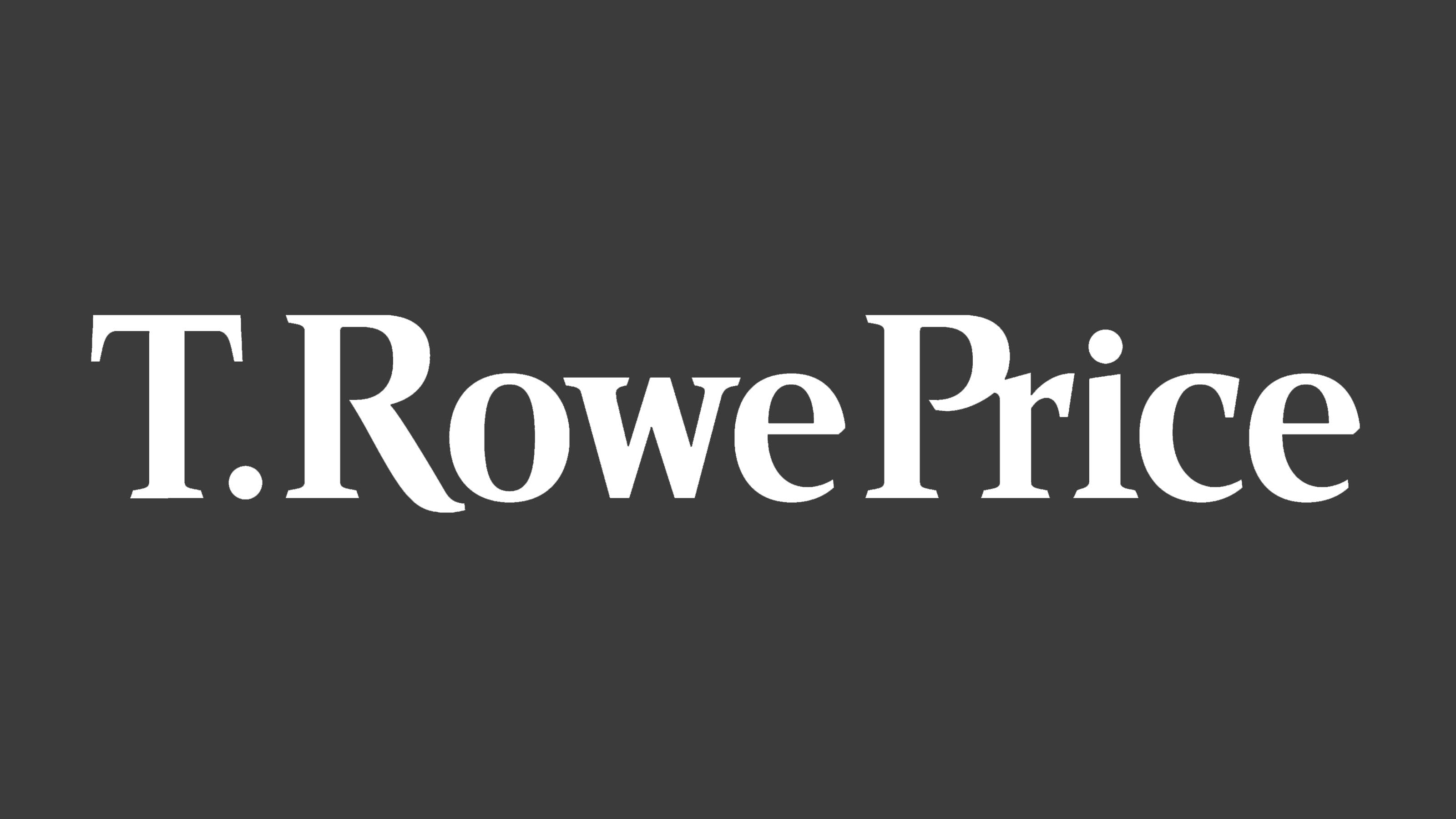
T. Rowe Price Latin America Fund
- Category: Latin America stock
- Assets under management: $354.1 million
- Yield: 3.9%
- Expenses: 1.3%
- Minimum investment: $2,500
You'll notice that all of the emerging markets funds on this list are heavily tied to Asia, especially China. So investors looking for a different tilt in their EM exposure might want to try a more regionally focused fund, such as T. Rowe Price Latin America Fund (PRLAX, $16.18).
Latin American stocks from countries such as Brazil, Mexico and Argentina have beaten the pants off China in 2022. That's largely because higher commodity prices have benefited these materials-reliant nations. PRLAX portfolio manager Verena Wachnitz has been in perfect position to leverage these gains; Brazil makes up a whopping 62% of assets, followed by Mexico (20%) and Argentina (6%).
But some things are the same across most emerging markets. For instance, financial stocks – such as Itau Unibanco (ITUB) and Banco Bradesco (BBD) – remain essential in PRLAX at 34% of assets currently. However, you do get hefty consumer staples exposure at 17%, followed by discretionary stocks at 11%.
While Latin American stocks can be every bit as volatile as other EMs, note that Morningstar says T. Rowe Price Latin America is much lower risk than the category average.
Learn more about PRLAX at the T. Rowe Price provider site.
Kent Thune did not hold positions in any of these bond funds as of this writing. This article is for information purposes only, thus under no circumstances does this information represent a specific recommendation to buy or sell securities.
Profit and prosper with the best of Kiplinger's advice on investing, taxes, retirement, personal finance and much more. Delivered daily. Enter your email in the box and click Sign Me Up.
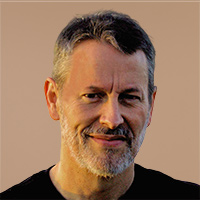
Kent Thune, CFP, is a financial professional that helps individuals and businesses achieve their goals through a variety of delivery methods, including investment advice, financial planning and writing.
-
 'Humbug!' Say Consumers, Despite Hot GDP: Stock Market Today
'Humbug!' Say Consumers, Despite Hot GDP: Stock Market Today"The stock market is not the economy," they say, but both things are up. Yet one survey says people are still feeling down in the middle of this complex season.
-
 The SEC Is Concerned for Older Investors and Retirement Savers. Here's What You Should Know
The SEC Is Concerned for Older Investors and Retirement Savers. Here's What You Should KnowThe SEC focusing on older investors, retirement and college savers, and private securities. Here's how those changes impact you.
-
 Vesting, Catch-Ups and Roths: The 401(k) Knowledge Quiz
Vesting, Catch-Ups and Roths: The 401(k) Knowledge QuizQuiz Test your understanding of key 401(k) concepts with our quick quiz.
-
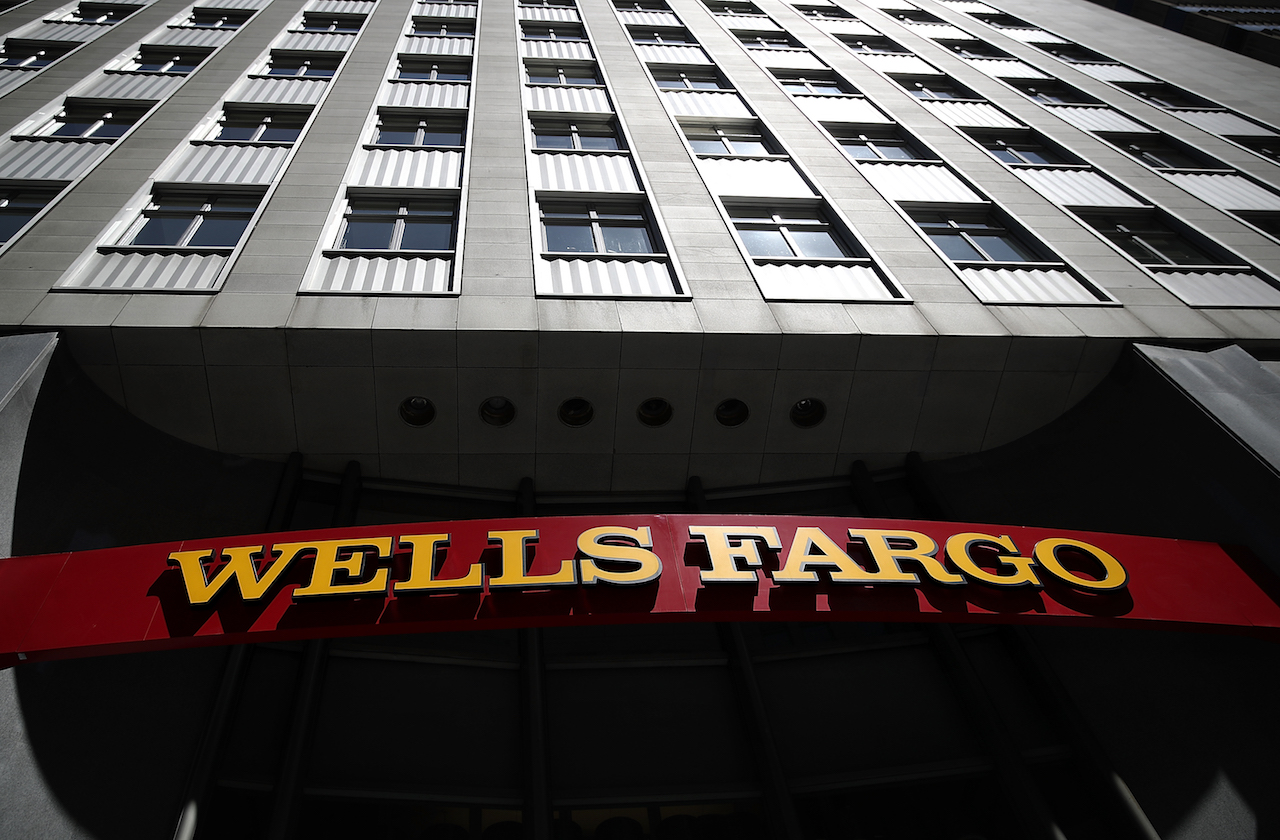 Why Wells Fargo's Revenue Miss Isn't Worrying Wall Street
Why Wells Fargo's Revenue Miss Isn't Worrying Wall StreetWells Fargo is one of the best S&P 500 stocks Wednesday even after the big bank's top-line miss. Here's what you need to know.
-
 Constellation Energy Stock Soars on Its $26 Billion Buy. Here's Why Wall Street Likes the Deal
Constellation Energy Stock Soars on Its $26 Billion Buy. Here's Why Wall Street Likes the DealConstellation Energy is one of the best S&P 500 stocks Friday after the utility said it will buy Calpine in a cash-and-stock deal valued at $26 billion.
-
 The 24 Cheapest Places To Retire in the US
The 24 Cheapest Places To Retire in the USWhen you're trying to balance a fixed income with an enjoyable retirement, the cost of living is a crucial factor to consider. Is your city the best?
-
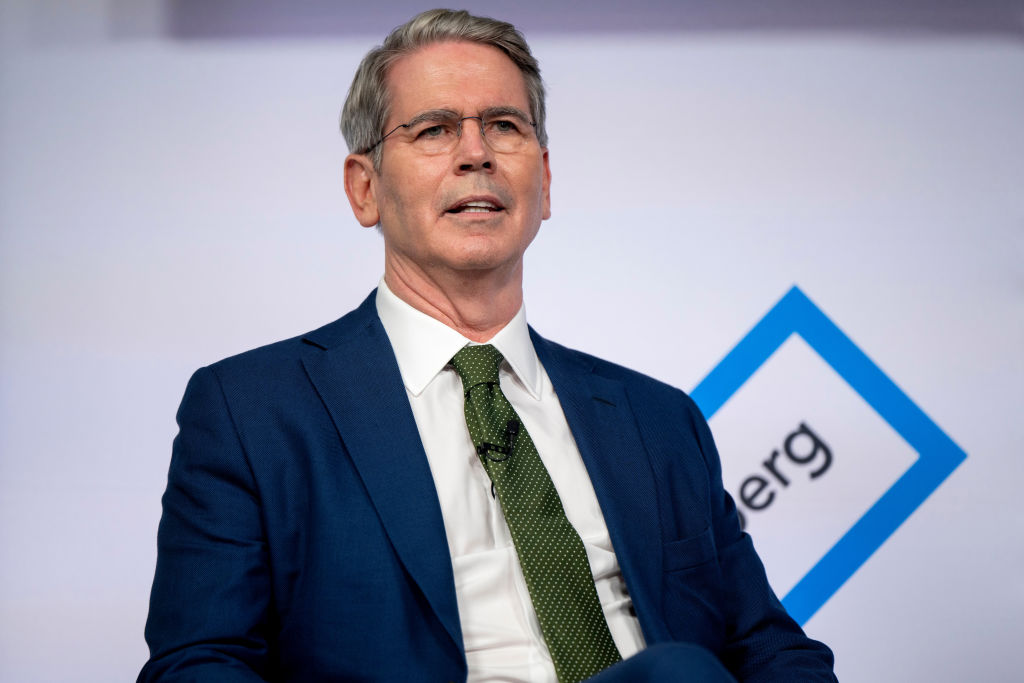 What Scott Bessent's Treasury Secretary Nomination Means for Investors
What Scott Bessent's Treasury Secretary Nomination Means for InvestorsMarkets are reacting positively to Trump's nomination of Scott Bessent for Treasury secretary. Here's why.
-
 TJX Stock: Wall Street Stays Bullish After Earnings
TJX Stock: Wall Street Stays Bullish After EarningsTJX stock is trading lower Wednesday despite the TJ Maxx owner's beat-and-raise quarter, but analysts aren't worried. Here's why.
-
 Cisco Stock: Why Wall Street Is Bullish After Earnings
Cisco Stock: Why Wall Street Is Bullish After EarningsCisco stock is lower Thursday despite the tech giant's beat-and-raise quarter, but analysts aren't concerned. Here's what you need to know.
-
 Apple Stock Slips After Earnings. Wall Street Isn't Worried
Apple Stock Slips After Earnings. Wall Street Isn't WorriedApple stock is trading lower Friday despite the iPhone maker beating expectations for its fiscal fourth quarter, but analysts are still bullish.
-
 Tesla's Robotaxi Event: What Wall Street Expects
Tesla's Robotaxi Event: What Wall Street ExpectsTesla’s robotaxi event kicks off next week. Here’s what Wall Street expects to see and how analysts feel about the stock heading into the event.
